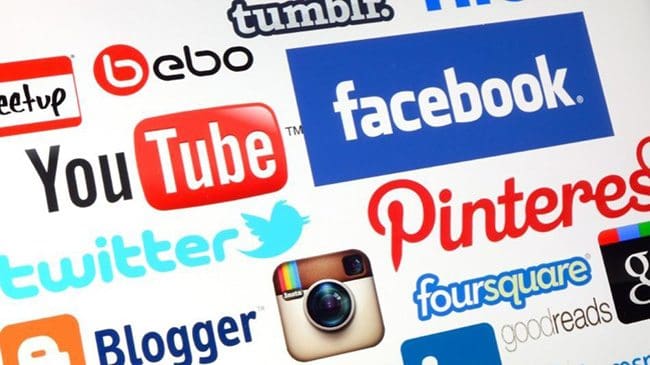Given that I, as lead on digital at All about the Idea, advise brands on their social media strategy and handle the social process from the production of shareable content right through to the management of brand pages, engaging with key influencers and customer service interaction on social channels, it might strike you as odd that I, in fact, agree with him.
For those of you that work in the consumer space, you’ve probably been awake and engaged with social media for brands for the best part of 5 years or more. Non consumer-facing businesses however, are only just starting to wake up to the fact that social is not going away and, rather like waking to the sound of an aggressive alarm clock, they’re coming round in a state of anxiety.
If I had a (rather odd looking, dodecagonally shaped new) pound coin for every time a colleague has approached me on behalf of their small to mid cap business client, with the vague words, “Oh yes and they want some social media”, I’d be a rich woman. With no clue as to how the channels operate, who uses them and what they want to achieve, these corporates have now heard of the ‘social’ phenomenon – perhaps they’ve come across the various (car crash) Twitter Q&As that were in vogue last year – and they’re panic buying. And there are plenty of agencies out there that’ll happily take their money.
Part of the problem, as Rachel Bridge reports in the Telegraph, is that few businesses seem to realise that being on social media only makes sense if your potential customers are there too. Social is like any other channel in that regard. What is the point in advertising on German TV if your target customers are based in Latvia.
That said, it should be noted that social platforms are increasingly the go-to method for customer service related queries, even for irregular users of the platforms. In a digital world in which telephone calls are rapidly outdating, the ease with which a question or complaint can be put publicly to a company and be guaranteed to illicit a quick response or risk being hauled over hot Twitter coals is attractive to customers, even business ones. So when this option isn’t available to customers, it can be frustrating.
But this does not mean that every business should be a social one. I have likened social media in the past to the Wild West. It also has similarities to the playground.
For all its many uses, social is still predominantly where people go to relax, to ‘plug in’ to the latest news from their friends or the big wide world and share stories that they find interesting. In the social playground, you’re no longer in the classroom and should be free from the shackles of the serious, should you so wish.
You can ‘like’ a picture of a cat in tights if you want to; this is play time. You don’t want the teachers to be reminding you about events and classroom topics while you’re busy making daisy chains on a grassy knoll. So, businesses need to bear in mind that when they go social, they’re walking into the playground in a suit and tie, and not everyone will want to play with them.
The third thing to note – and please, please pay attention to this bit – is that it’s not all about figures. I know many of you are accountants at heart, but measuring your business’s social success based on number of followers is tempting yes, but foolish. Ultimately, the value of social needs to be approached in the same way as any marketing activity: Clearly determine your objectives, work towards achievable goals, test and adjust along the way.
Don’t think of social as standalone. It should integrate with your overall communications plan, otherwise you’re not really making use of it at all. Invite people to be social at POS, let them know there’s a conversation that exists online, encourage them to feedback and be part of the business’s journey.
Oh and buyer beware, social agencies offering pay-for-like services are cowboys. In the case of Facebook, for instance, fake fans are likes without engagement that ultimately lead to decreased visibility in newsfeeds, so don’t be fooled by the lure of the numbers


